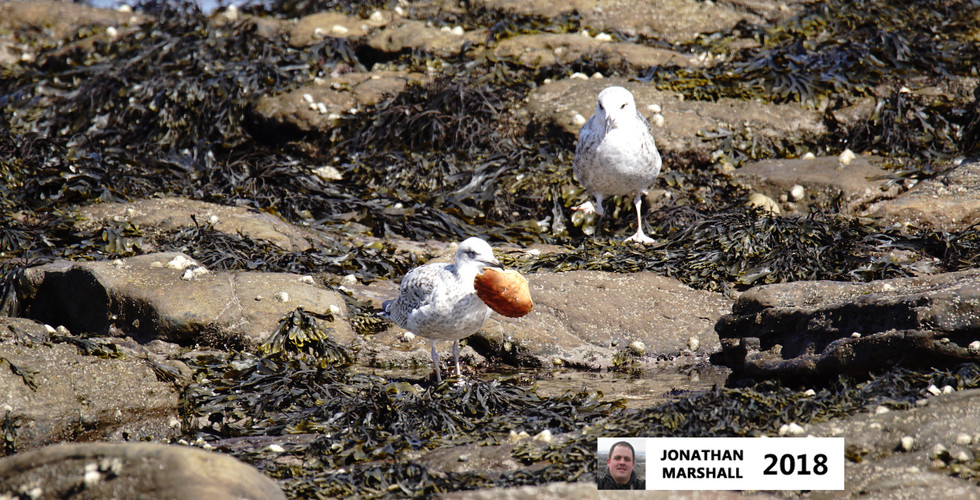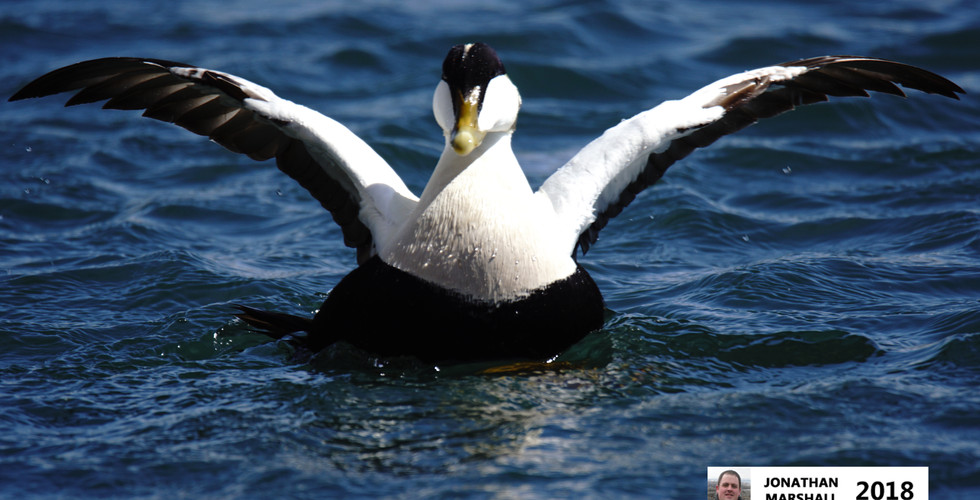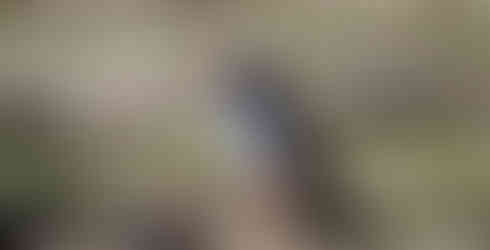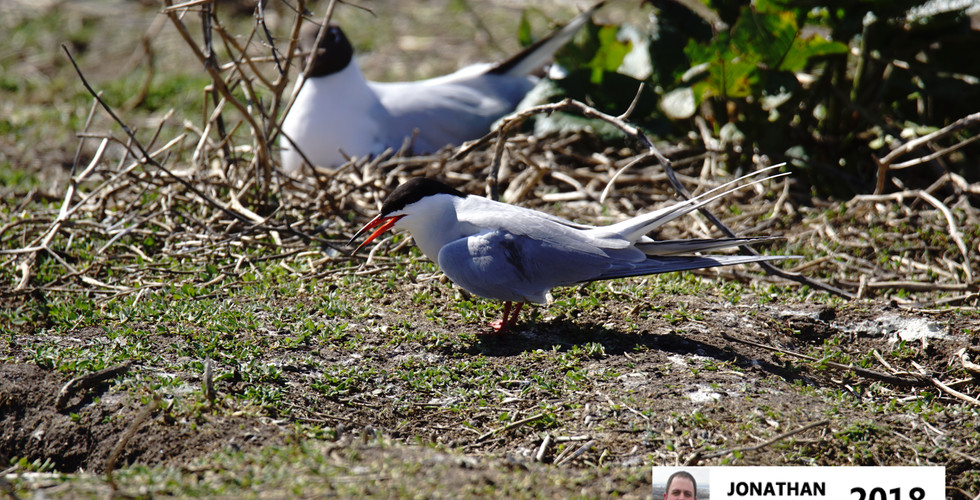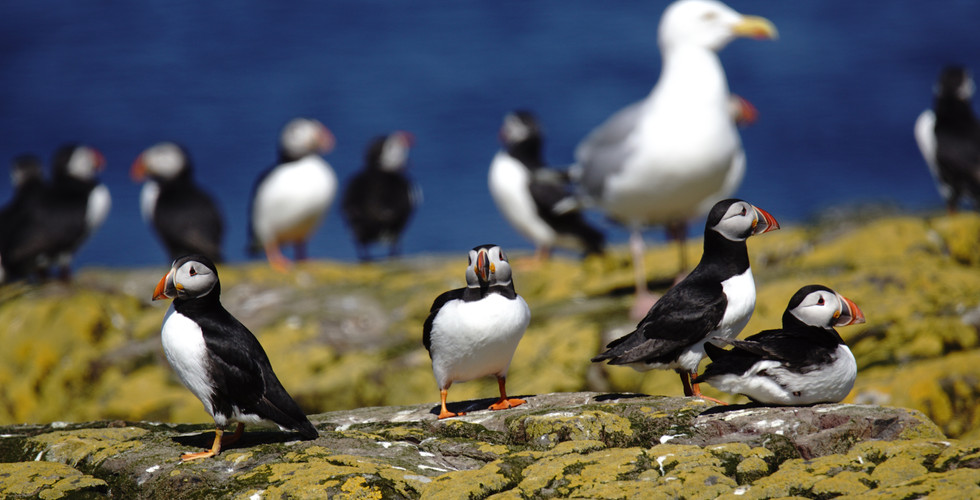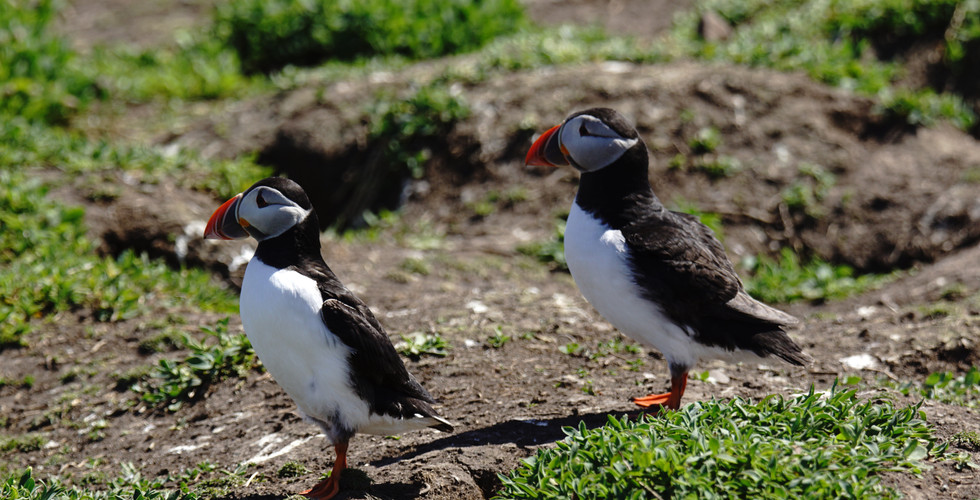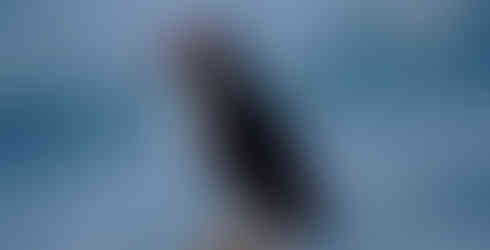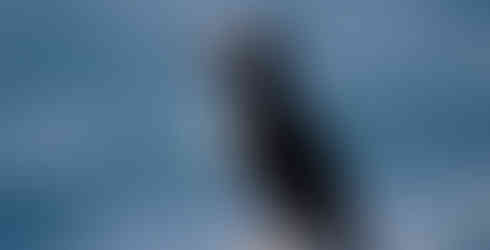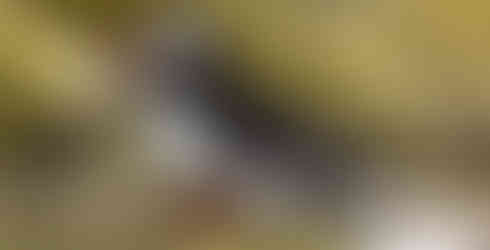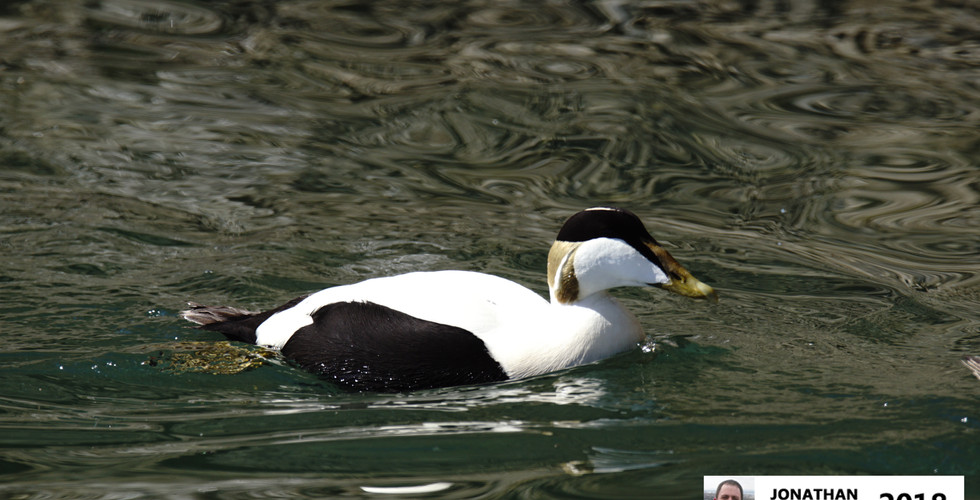PUFFIN MAGIC @ FABULOUS FARNE ISLANDS

On Saturday I visited the Farne Islands which are located just a couple of miles off the coast of Northumberland at the village of Seahouses. There are several islands that make up the Farne Islands with the main three being Inner Farne, Staple and Longstone. The islands are home to more than one hundred thousand sea birds such as Puffins, Guillemots, Kittiwakes, Shags, Eider Ducks, Common Terns, Arctic Terns, Sandwich Terns and Roseate Terns as well as many others.
The islands were originally inhabited by Monks and Hermits from as early as the 7th century with islands first recorded inhabitant being Saint Aidan in 651, followed by Saint Cuthbert who died on the islands in 687. Saint Cuthbert introduced special laws in 676 protecting Eider Ducks and other seabirds nesting on the islands and these are thought to be the first bird protection laws in the world. The last hermit to inhabit the island was Thomas De Melsonby who died in 1246 and a formal monastic cell of Benedictine monks was established in 1255.
The cell was dependant on Durham Abbey, now a Cathedral, and was usually home to just two monks with the cell being dissolved in 1536 via King Henry VIII's dissolution of the monasteries. Following the dissolution the islands became the property of the Dean & Chapter of Durham Cathedral and remained part of County Durham until 1844 when it was transferred to Northumberland. In 1861 the islands were sold to the Archdeacon of Durham, Charles Thorp and in 1894 the islands were sold again to industrialist William Armstrong, 1st Baron Armstrong.

Ownership of the islands is now with the National Trust and remains still exist of the 14th century St Cuthbert's Chapel associated with the monks that inhabited the islands. One of the islands more famous residents is Grace Darling who along with her father rescued nine people from the wreck of the Forfarshire during a strong gale and thick fog on 7th September 1838. Her father William was the lighthouse keeper on Longstone Island and she was just twenty two at the time of the rescue.
Today the islands have no permanent residents with only National Trust Assistant Rangers living on the islands between March & December. On Inner Farne they live in the old pele tower (built around 1500 for the Prior of Durham, Thomas Castel) and in the lighthouse cottage on Brownsman. The first lighthouse, Farne Lighthouse, was built on Inner Farne in 1673 but never lit and was replaced in 1778 and was replaced again with the current lighthouse in 1811. Longstone Lighthouse was built in 1826, replacing Brownsman Lighthouse which had been built in 1811.
There was a lighthouse on Staple Island, built in 1778 and blown down 1784, as was its replacement by heavy seas in 1800. All the operational lighthouses on the islands are now automatic and have no resident keepers. During the warmer months the islands are an important habitat for wildlife and are visited by boat trips departing from Seahouses. Local boats are licensed to land passengers on Inner Farne, Staple Island and Longstone with landing on other islands not allowed to protect the wildlife.

Arctic Terns nest very close to the path and will attack visitors who come too close and you are strongly recommended to wear a hat. The islands are also home to a large colony of around six thousand Grey Seals with several pups born every year. As mentioned earlier there are a large number of birds that nest on the islands with more than 37,000 pairs of Puffins, 4,000+ pairs of Kittiwakes, 1,000+ pairs of Sandwich Terns, 50,000 Guillemots and more than 1,000 pairs of Arctic Terns.
A total of 290 bird species have been recorded on the Farne Islands with rarities such as an Aleutian Tern in 1979 and a Lesser Crested Tern every year between 1984 and 1997. Arctic Terns can fly very long distances and a chick ringed on the Farne Islands in 1982 reached Melbourne, Australia just a few months later. The Farnes are resistant igneous Dolerite outcrops and were originally attached to the mainland, but were surrounded by areas of less resistance limestone turning them into islands.

Because of the igneous Dolerite the island has steep and in some places vertical cliffs with some stacks up to 66 feet tall. The islands are very popular with bird watchers and scuba divers with a few different companies offering boat trips to the islands. The island is popular with scuba divers due to the fact that hundreds of ships have been wrecked on the islands over the years and that provides the divers with plenty to look at as well as the inquisitive Grey Seals.
I left my house at 7:30am and began the long three hour drive up the A1 to Seahouses on what was a bright sunny and warm day. I arrived at Seahouses just before 10:30am and I walked across the car park to the office for Serenity Farne Islands Tours which is located near to the entrance to the car park. The tour that I had booked was three hours long with around one and a half hours sailing round the Farne Islands, followed by an hour walking around the Inner Farne Island. The trip costs £18 for adults and £12 for children with a National Trust landing fee payable if you are not a member of the National Trust.
Once I had paid I walked down to the Harbour to the National Trust kiosk at the start of the Harbour wall to pay my landing fee. I then moved on to the Serenity kiosk located near the National Trust one and amongst other companies licensed to land on the Farne Islands. I was asked to return to this point at 11:30am and I would be escorted to the boat taking me out to the Farne Islands at 11:45am. It was only 10:40am so I had a look at rocks behind the left hand harbour wall which were currently full with Herring Gulls.

Further out, amongst the rock pools, there was an Oystercatcher and a trio of Turnstones. I walked further along the harbour wall and down in the water inside the harbour were more Herring Gulls and several Eider Ducks. I sat on the harbour wall and had an early lunch and whilst I did so Swallows zoomed back and forth overhead. Once I had finished I started to make my way back down the harbour wall to the boat kiosk seeing a couple of Starlings on the ground as I walked. At about 11:40am I was escorted back along the harbour wall with the boat trips other customers and at the end of the harbour wall I descended the steps and stepped aboard the boat.
I sat down on the right hand side at the back of the boat and as I waited for the boat to depart several Eider Ducks came close to the boat. Once the boat set off they soon disappeared and as we headed out of the harbour I spotted a single Shag sat on some rocks over to the right. The weather was now quite warm and the sea very calm with a slight breeze and as we got closer to the Farne Islands I started to spot Guillemots on the surface of the sea.

We sailed along the edge of Inner Farne and in between the east and west wideopen islands. There were several Guillemots in the sea and on the cliffs as well as quite a few Puffins who were flying overhead. On one of these islands there was a large colony of Grey Seals with some even bobbing along in the water just showing their heads and even coming close to the boat to look at us. The boat now made its way across the water towards Staple Island and moved in close to look at part of the island called Kittiwake Gully.

Over the years Kittiwake Gully has largely been overtaken by Guillemots and there were now thousands upon thousands of Guillemots sat on the rocks here. As we backed out of the gully there was a lone Shag stood on top of the rocks looking out to sea. We sailed round the line of rocks known as Pinnacles which were also full of Guillemots and as we reached the other side I saw several more Puffins high on the tops of the rocks to the right.
We now headed out towards Longstone Island, formerly home to Grace Darling and her father William. As we turned and headed west across the northern shores of the islands several Arctic Terns were flying overhead and a trio of Gannets flew over the sea towards Inner Farne Island. As we got closer to Inner Farne there were several Guillemots and Puffins on the surface of the sea and Common Terns also flying overhead as well as Eider Ducks close to the islands at the edge of the water.
As we sailed round the western end of Knoxes Reef and approached Inner Farne approximately 200 Common Terns rose up from the rocks flying about before settling down as we neared the jetty. I had reached Inner Farne Island and as I set foot on the jetty I had finally arrived on the Farne Islands, somewhere I had really wanted to visit for years. As I walked up the concrete walkway I noticed a single Puffin sat on top of a small building known as Fishe House which was a guesthouse in the time of St Cuthbert and stabled the lighthouse keepers donkeys during the late 19th and early 20th centuries.

I continued walking up the path to St Cuthbert's Chapel and on the Pele Tower behind it, sat right at the top looking down at me, was a Puffin. I now headed up the path along the side of the Vegetable Garden and turned right at the top. To my right there were several Black Headed Gulls sat on nests on top of the wall and to the left, right at the edge of the path were two female Eider Ducks sat on their nests. Further out amongst the grass and burrow holes there were several Common Terns and Puffins.
As I continued beyond the wall of the Vegetable Garden I saw even more Puffins to my left and over to the right there was a male Eider Duck sat down amongst the grass. Further out on the Lichen covered rocks were several more Puffins wherever you looked with the odd Herring Gull dotted amongst them. As the path turned and headed towards the Quarry Viewpoint there was a Rabbit just to the left of the path. When the Puffins return to the islands they force the rabbits out of their burrows so they are able to lay their eggs in them.

All the way along this path there were Puffins only a few yards either side of me in big numbers, some emerging from their burrows and the others looking out to sea on the rocks. As the path turns towards the lighthouse there is a path that branches off from the main path and takes you to the Quarry Viewpoint where you are even closer to the Puffins and other sea birds. Just to the left of the viewpoint there were a pair of Shags sat together on a nest both of them looking up at the human visitors.
I returned to the main path and headed up the hill towards the picnic area and lighthouse. Even from the picnic area I was able to get great views of Puffins and Guillemots perched on the edge of the rocks. I walked down the side of the lighthouse compound to the Lighthouse Cliffs viewpoint which gave you unbelievable views of the birds with some just inches from your feet. Directly in front of me were several Guillemots, Kittiwakes, a few Razorbills and several Shag nests, some with eggs on them.

Over to my left, stretched out across the rocks and grass, were hundreds more Puffins sat on the rocks and moving to and from their burrows. The birds did not seem at all bothered by their close proximity to myself and several other visitors to the islands. A lone Shag landed on a rock was stood on the top of a rock staring out to sea for several minutes before it flew off all this time Puffins had been coming and going from the tops of the rocks.
A Herring Gull came in to land amongst the Puffins causing some of them to get up and move further away. A Shag then returned to its partner on a nest, bringing it a twig for the nest and as the other Shag stood up it revealed the presence of two eggs it had been sitting on. Once it sat back down on the eggs I returned to watching the marvellous Puffins for several more minutes before starting to make my way back towards the Information Centre.

Before I reached the Information Centre I turned left and walked along the path by the Vegetable Garden again. A Common Tern flew in and landed right next to me on the wall for a few seconds before it was chased off by the Blacked Headed Gulls. To my left on the grass, amongst the Puffins, Common Terns and Black Headed Gulls, were a group of about a dozen Sandwich Terns - a bird which I had never seen before.
I walked a bit further down the path to take another look at the Puffins sat on the rocks and the Eider Ducks sat a little closer. As my allotted hours visit on the island was almost up I started to walk back towards the information centre, taking another look at the Sandwich Terns as I walked past them. As I walked back there was still a Puffin sat at the top of the Pele Tower looking out over the island and on the number of Puffins sat on top of Fishe House had now swelled to three.

I now walked back down the jetty and re-boarded the boat to take me back to the harbour at Seahouses. During the journey back there were several Guillemots in the water alongside a lone Shag and after a brief pause by the boat to look at the Puffins at the top of the cliff we continued on to the harbour. As we arrived back at the harbour there were still several Eider Ducks about and some of them were trying to get at the bait which was being lowered into the water by people fishing for crabs.
I got off the boat and walked up the steps and onto the harbour wall and walked back to where the kiosks were situated and bought an ice cream from a van parked nearby. I went back to the harbour wall to eat my ice cream and watched as Swallows zoomed overhead, House Sparrows moved from rock to rock and Herring Gulls fought over scraps tossed to them by other people.
A Herring Gull flew up from the rocks and landed on the harbour wall and appeared to be eyeing up my ice cream before it flew off. A pair of Eider Ducks had come off the sea and made their way to a small rock pool and were currently taking a drink from it and as they returned to the sea I started to make my way home after a fantastic day at the Farne Islands.
From the excellent and knowledgeable service provided by Serenity Farne Island Tours, to the helpful National Trust Assistant Rangers this was a truly memorable day. There were also several different birds to see at a very short distance providing a fabulous experience and superb photo opportunities for a wildlife and photography enthusiast!
I have attached several photos and a full sightings list from my first visit to the fabulous Farne Islands.















